Home>Interior Design>Comfortable And Earth-Friendly Cork Flooring Ideas
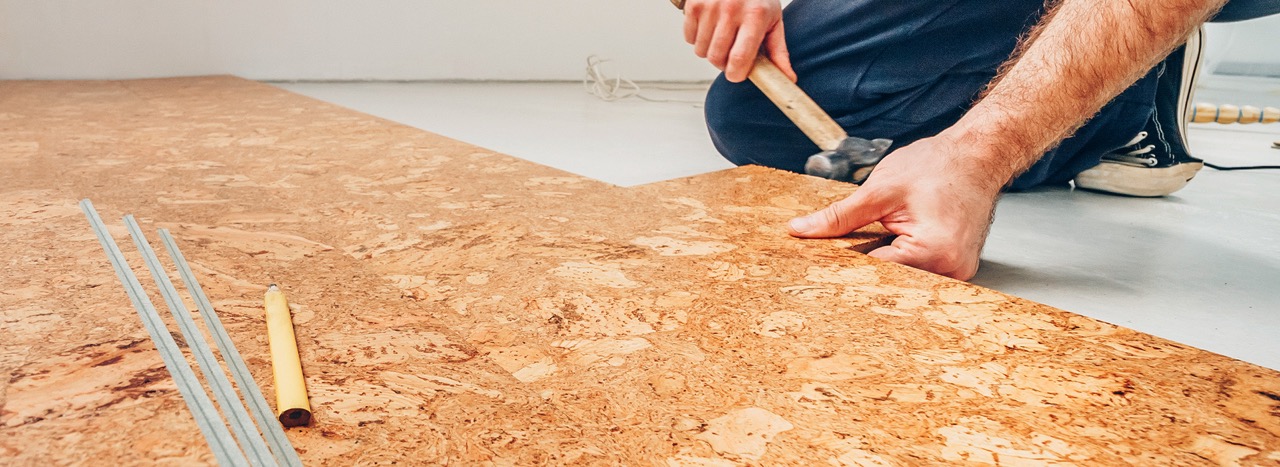

Interior Design
Comfortable And Earth-Friendly Cork Flooring Ideas
Modified: January 9, 2024
Discover stylish and sustainable cork flooring ideas for your interior design. Create a comfortable and eco-friendly space with this earth-friendly flooring option.
(Many of the links in this article redirect to a specific reviewed product. Your purchase of these products through affiliate links helps to generate commission for Storables.com, at no extra cost. Learn more)
Introduction
Welcome to the world of interior design, where creativity meets functionality and aesthetics merge with comfort. When it comes to flooring options, cork is a versatile and eco-friendly material that has gained popularity in recent years. Cork flooring offers a unique combination of durability, comfort, and style, making it a fantastic choice for residential and commercial spaces.
What sets cork flooring apart from other options is its natural and sustainable composition. Derived from the bark of cork oak trees, which regenerate every nine years, cork is a renewable resource that promotes environmental conservation. In addition to being earth-friendly, cork flooring boasts a range of benefits that make it an attractive option for homeowners and designers alike.
One of the standout features of cork flooring is its soft and comfortable underfoot feel. Unlike hard flooring materials like stone or ceramic tiles, cork provides a cushioning effect, making it a pleasure to walk on for extended periods. This comfort makes cork flooring an excellent choice for spaces where people spend a lot of time standing, such as kitchens or work areas.
Another advantage of cork flooring is its exceptional insulation properties. Cork acts as a natural thermal barrier, helping to retain heat in colder climates and keeping spaces cool during the summer months. This insulation not only enhances the comfort of living spaces but also contributes to energy efficiency, potentially reducing heating and cooling costs.
Furthermore, cork flooring is renowned for its sound absorption capabilities. Its unique cellular structure allows it to absorb impact sound and reduce noise transmission between floors. This makes cork flooring an ideal option for homes, particularly in multi-story buildings or areas where noise reduction is desired, such as bedrooms or home offices.
In terms of durability, cork flooring can withstand the test of time. Its resilient nature allows it to bounce back and recover from dents and indentations caused by heavy furniture or high foot traffic. Additionally, cork flooring is resistant to moisture, making it a suitable choice for areas prone to spills or dampness, such as bathrooms and basements.
Now that we understand the numerous benefits of cork flooring, let’s explore the different styles and designs available. From traditional cork tiles to innovative printed cork options, there is a cork flooring style to suit every design aesthetic and personal taste. Stay tuned to learn more about these exciting options.
Key Takeaways:
- Sustainable and Comfortable: Cork flooring offers a sustainable, eco-friendly, and comfortable option for interior design, providing softness, insulation, and sound absorption for a cozy and environmentally conscious space.
- Versatile and Stylish: With a variety of styles and designs, cork flooring offers versatility and visual appeal while maintaining durability and resilience. From traditional tiles to innovative printed options, cork flooring can be tailored to suit any design aesthetic.
Benefits of Cork Flooring
Cork flooring offers several advantages that make it a popular choice for homeowners and interior designers. Let’s explore the top benefits of cork flooring:
Natural and Sustainable Material
Cork flooring is made from the bark of cork oak trees, which are primarily sourced from Mediterranean countries. What makes cork flooring unique is that it is harvested without cutting down the trees. Instead, the bark is carefully stripped every nine years, allowing the trees to regenerate and continue their natural growth. This sustainable harvesting process makes cork flooring an environmentally friendly option for those who are conscious about their ecological footprint.
Soft and Comfortable Underfoot
One of the most notable features of cork flooring is its soft and comfortable texture. The natural elasticity of cork creates a cushioning effect that provides relief to your feet, making it pleasant to walk or stand on for extended periods. This makes cork flooring an excellent choice for areas where you spend a lot of time standing, such as the kitchen or home office.
Excellent Insulation Properties
Cork is a natural thermal insulator, which means it helps to keep your space warm in the winter and cool in the summer. Cork flooring acts as a barrier, reducing heat transfer between the floor and the room. This insulation property helps to maintain optimal temperatures and improves energy efficiency by reducing the need for excessive heating or cooling. As a result, you can enjoy a comfortable living environment while saving on energy costs.
Read more: How To Sleep On The Floor Comfortably
Sound Absorption
If you’re looking for a flooring material that can minimize noise, cork flooring is an excellent choice. The cellular structure of cork contains millions of tiny air-filled pockets, which act as natural sound absorbers. This means that cork flooring can reduce noise transmission between floors, making it an ideal option for multi-story buildings or areas where noise reduction is desired, such as bedrooms or home offices. With cork flooring, you can enjoy a quieter and more peaceful environment.
Durability and Resilience
Cork flooring is known for its durability and resilience. Due to its unique cellular composition, cork has a natural “memory” that allows it to bounce back and recover from indentations caused by heavy furniture or foot traffic. Cork flooring is also resistant to dents and scratches, making it a practical choice for busy households. With proper care and maintenance, cork flooring can last for many years, providing both function and beauty to your space.
In summary, cork flooring offers a range of benefits that make it an attractive option for anyone looking to enhance their living spaces. Not only is it a sustainable and eco-friendly choice, but it also provides comfort underfoot, excellent insulation, sound absorption, and durability. With cork flooring, you can create a beautiful and functional space while staying true to your values of sustainability and comfort.
Cork Flooring Styles and Designs
Cork flooring offers a variety of styles and designs to suit different interior aesthetics and personal preferences. Let’s explore the popular options available:
Traditional Cork Tiles
Traditional cork tiles are a classic choice for cork flooring. They come in square or rectangular shapes and are available in various sizes and thicknesses. The natural patterns and textures of the cork bark give these tiles a unique and organic look. Traditional cork tiles can be installed in various patterns, including straight, herringbone, or checkerboard, allowing for customization and creativity in your space.
Cork Planks
Cork planks offer a more contemporary and modern look to your flooring. Similar to traditional hardwood planks, cork planks come in long and narrow strips that mimic the appearance of wood flooring. The cork grain patterns add a touch of natural beauty to the floor, while the plank format gives it a sleek and seamless appearance. Cork planks are available in different widths and lengths, providing versatility in design options.
Cork Sheets
Cork sheets are larger and thicker pieces of cork flooring that can be used to cover larger areas. They are typically used for commercial spaces or high-traffic areas where a seamless and uniform look is desired. Cork sheets offer a smooth and even surface that is easy to clean and maintain. They can be easily cut and shaped to fit any space, providing flexibility in installation.
Cork Mosaic
Cork mosaic is a unique and eye-catching option for cork flooring. It is created by cutting cork into small pieces and forming intricate patterns and designs. The mosaic tiles are then assembled and glued onto a backing material to create a stunning visual effect. Cork mosaic offers endless design possibilities, from geometric patterns to artistic motifs, allowing you to personalize your space with a touch of creativity and style.
Printed Cork Flooring
If you’re looking for a cork flooring option that offers unlimited design possibilities, printed cork flooring is the answer. With advanced printing technology, cork can be digitally printed with patterns, colors, and even images, allowing you to achieve the look of hardwood, stone, or any other material. Printed cork flooring combines the natural warmth and texture of cork with the aesthetics of other materials, creating a unique and customizable flooring solution.
Read more: How To Wash Cork Coasters
Cork Carpet
Cork carpet is a softer and more plush option for cork flooring. It combines the benefits of cork, such as comfort and insulation, with the luxurious feel of carpet. Cork carpet is made by bonding cork granules or small cork tiles to a backing material, creating a soft and cushioned surface. This type of flooring is ideal for bedrooms, playrooms, or areas where comfort and coziness are a priority.
With these various styles and designs, cork flooring offers a versatile and visually appealing option for any space. Whether you prefer a traditional look, a modern aesthetic, or a unique pattern, cork flooring can be tailored to meet your design needs while providing the numerous benefits that cork offers.
Cork Flooring Installation Process
Installing cork flooring requires careful planning and execution to ensure a successful and long-lasting result. Here is a breakdown of the typical installation process:
Pre-Installation Preparation
Before installing cork flooring, it’s essential to prepare the space. Start by removing any existing flooring materials and thoroughly clean the subfloor to ensure a smooth and even surface. Make sure the subfloor is dry and free of dust or debris that could affect the adhesion of the cork tiles or planks.
Subfloor Preparation
The subfloor plays a crucial role in the stability and durability of the cork flooring. It should be level, structurally sound, and moisture-free. If there are any irregularities or uneven areas, they may need to be addressed by using a self-leveling compound or sanding down high spots. It’s also important to check for any signs of moisture or humidity, as excess moisture can damage the cork flooring. Use a moisture barrier, such as a vapor barrier, if necessary.
Cork Underlayment Installation
Cork underlayment is an important component of cork flooring installation. It helps to provide cushioning, enhance insulation, and minimize sound transmission. Roll out the cork underlayment over the prepared subfloor, ensuring that it is properly aligned and the seams are tightly joined. Trim any excess underlayment around the edges of the room to create a clean and neat finish.
Cork Flooring Installation Methods
There are different methods available for installing cork flooring, depending on the type of cork product you choose. Here are two common installation methods:
Glue-Down Method:
In this method, an adhesive is applied to the subfloor, and the cork tiles or planks are firmly pressed onto the adhesive. Follow the manufacturer’s instructions for the recommended type and application of adhesive. Carefully align the tiles or planks, ensuring uniform spacing between them. Use a roller or weighted object to firmly press the cork flooring into the adhesive, ensuring a secure bond.
Click-Lock Floating Method:
This installation method is suitable for cork planks that are designed with a click-lock system. The planks have interlocking edges that snap together, creating a floating floor that is not directly attached to the subfloor. Start by laying down an underlayment, such as a foam or cork underlayment, to provide cushioning and reduce noise. Then, simply click the planks together, making sure they are properly aligned and snugly locked into place. Use a tapping block and mallet to ensure a tight fit.
Regardless of the installation method used, it’s important to allow the cork flooring to acclimate to the room’s temperature and humidity for at least 48 hours before installation. This allows the cork to adjust to its surroundings, minimizing the risk of expansion or contraction after installation.
Remember to follow the manufacturer’s instructions and seek professional assistance if needed for a seamless and properly installed cork flooring. With proper installation, your cork flooring will offer both beauty and functionality for years to come.
Maintenance and Care for Cork Flooring
Proper maintenance and care are essential to keep your cork flooring looking beautiful and in excellent condition. Here are some key aspects to consider:
Regular Cleaning
Regular cleaning is important to remove dust, dirt, and other debris that can accumulate on the surface of your cork flooring. Use a soft-bristle broom or a vacuum cleaner with a brush attachment to gently sweep or vacuum the floor. Avoid using abrasive tools or harsh chemical cleaners that can damage the cork. To remove stains or sticky substances, dampen a soft cloth or mop with a mild, pH-neutral cleaner specifically designed for cork flooring and wipe the affected area. Always follow the manufacturer’s recommendations for cleaning products.
Prevention of Water Damage
Cork flooring is naturally resistant to water and moisture, but it’s still important to prevent excess water from seeping into the cork. Clean up any spills or liquid accidents immediately to prevent the cork from absorbing moisture. Use a slightly damp mop or cloth for cleaning, ensuring that it is not excessively wet. Avoid using steam cleaners or mopping with excessive water, as prolonged exposure to moisture can cause the cork to swell or warp. Place doormats at entrances to trap dirt and moisture from outside, and use coasters or protective pads under furniture to prevent water damage.
Protection from Scratches and Dents
To protect your cork flooring from scratches and dents, use felt pads or furniture coasters under the legs of chairs, tables, and other heavy furniture. This helps to distribute the weight and prevent indentations in the cork. Avoid dragging or sliding heavy objects across the floor, as this can cause scratches. Consider using area rugs or mats in high-traffic areas, such as entryways or hallways, to further protect the cork surface. Keep pet nails trimmed to prevent them from scratching the floor.
Refinishing and Rejuvenating
Over time, your cork flooring may begin to show signs of wear or fading. Fortunately, cork is a versatile material that can be refinished to restore its beauty. Depending on the condition of your cork flooring, you can choose to either apply a new coat of finish or sand and refinish the entire floor. Consult with a professional flooring contractor to determine the best approach. Regularly applying a protective finish, such as a polyurethane sealant, can also help to maintain the appearance of your cork flooring and prolong its lifespan.
By following these maintenance tips, you can ensure that your cork flooring remains in optimal condition for years to come. With proper care, your cork flooring will continue to provide warmth, comfort, and aesthetic appeal to your living space.
Conclusion
Cork flooring is a remarkable choice for those seeking a beautiful, sustainable, and comfortable flooring option. Its natural and renewable composition, coupled with its numerous benefits, makes it a popular choice among homeowners and interior designers.
With its natural elasticity, cork flooring provides a soft and comfortable underfoot feel, making it a joy to walk or stand on for extended periods. Its excellent insulation properties help regulate temperatures, making your space cozy in the winter and cool in the summer while reducing energy costs.
Sound absorption is another standout feature of cork flooring, making it ideal for homes and offices where noise reduction is desired. Its durability and resilience allow it to withstand the test of time, bouncing back from dents and resisting scratches and wear.
When it comes to style, cork flooring offers a variety of options to suit every design preference. From traditional cork tiles and planks to innovative printed designs and mosaic patterns, there is a cork flooring style to match any aesthetic.
Installing cork flooring involves proper preparation and selection of installation methods, ensuring a smooth and long-lasting result. Regular maintenance, including proper cleaning and prevention of water damage, helps to preserve the beauty and longevity of cork flooring. When needed, refinishing can bring new life to worn cork surfaces.
In conclusion, cork flooring is a fantastic choice for those seeking a sustainable, comfortable, and aesthetically pleasing flooring option. Its natural properties, durability, and design versatility set it apart as a flooring material that combines functionality with style. By choosing cork flooring, you can enhance your living space while making an eco-friendly choice that aligns with your values.
So, why not consider cork flooring for your next interior design project and experience the warmth, beauty, and comfort it can bring to your home or office?
Frequently Asked Questions about Comfortable And Earth-Friendly Cork Flooring Ideas
Was this page helpful?
At Storables.com, we guarantee accurate and reliable information. Our content, validated by Expert Board Contributors, is crafted following stringent Editorial Policies. We're committed to providing you with well-researched, expert-backed insights for all your informational needs.
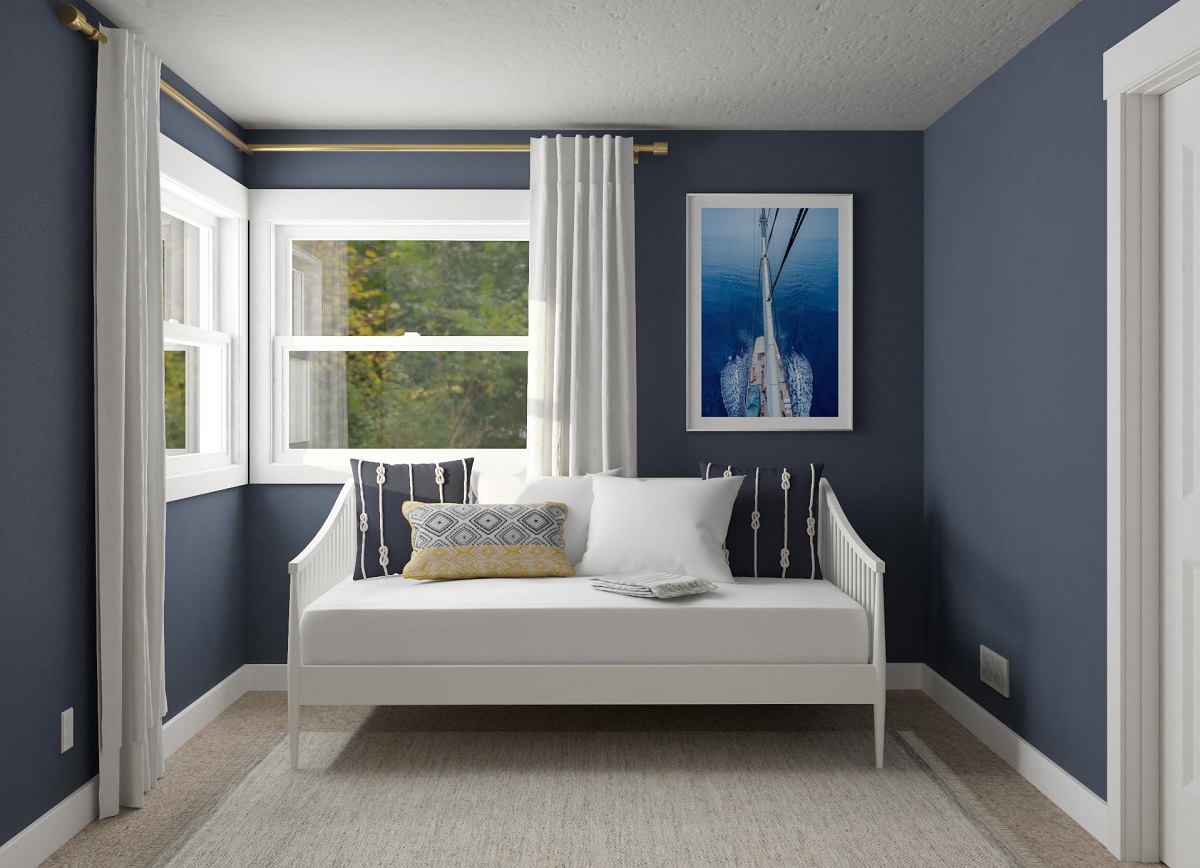
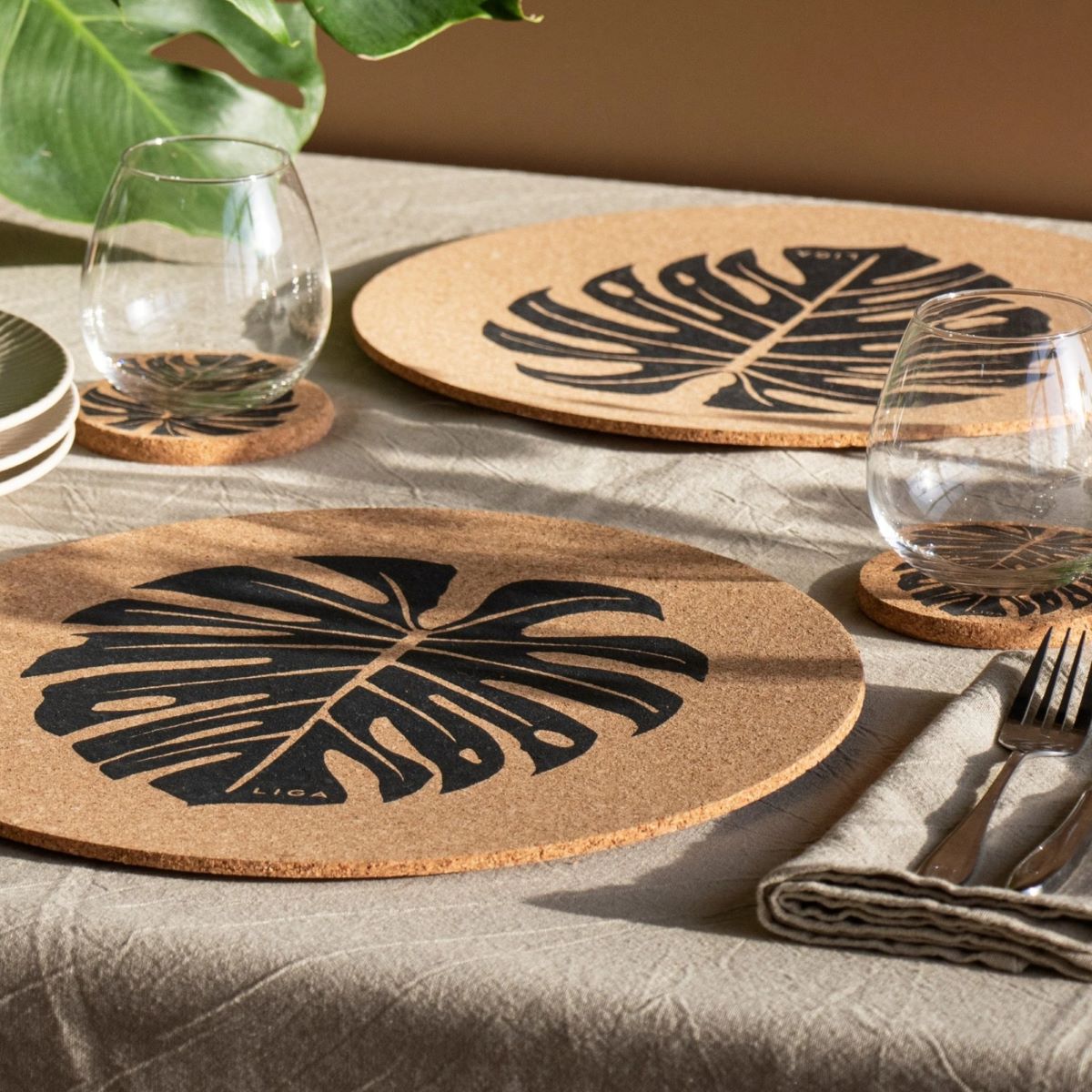
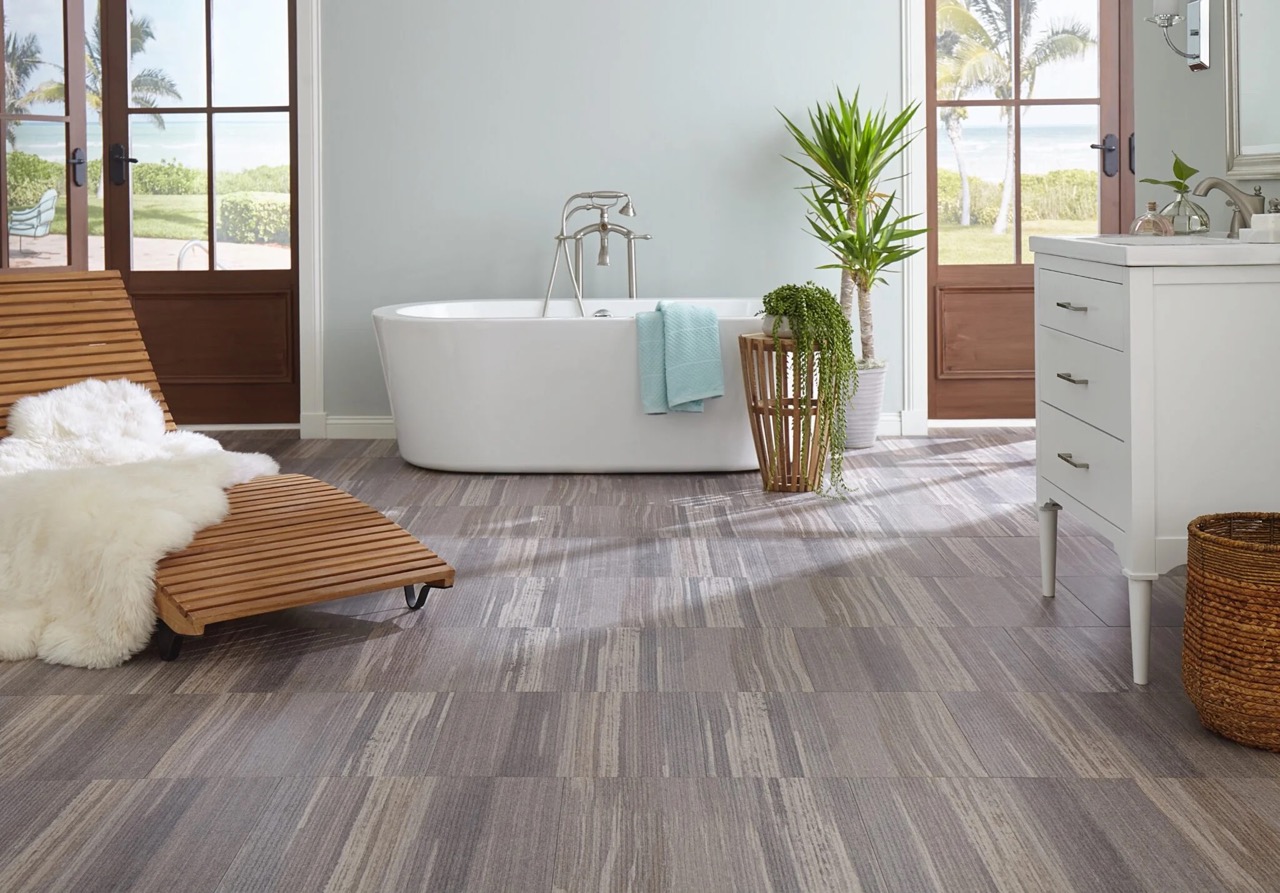
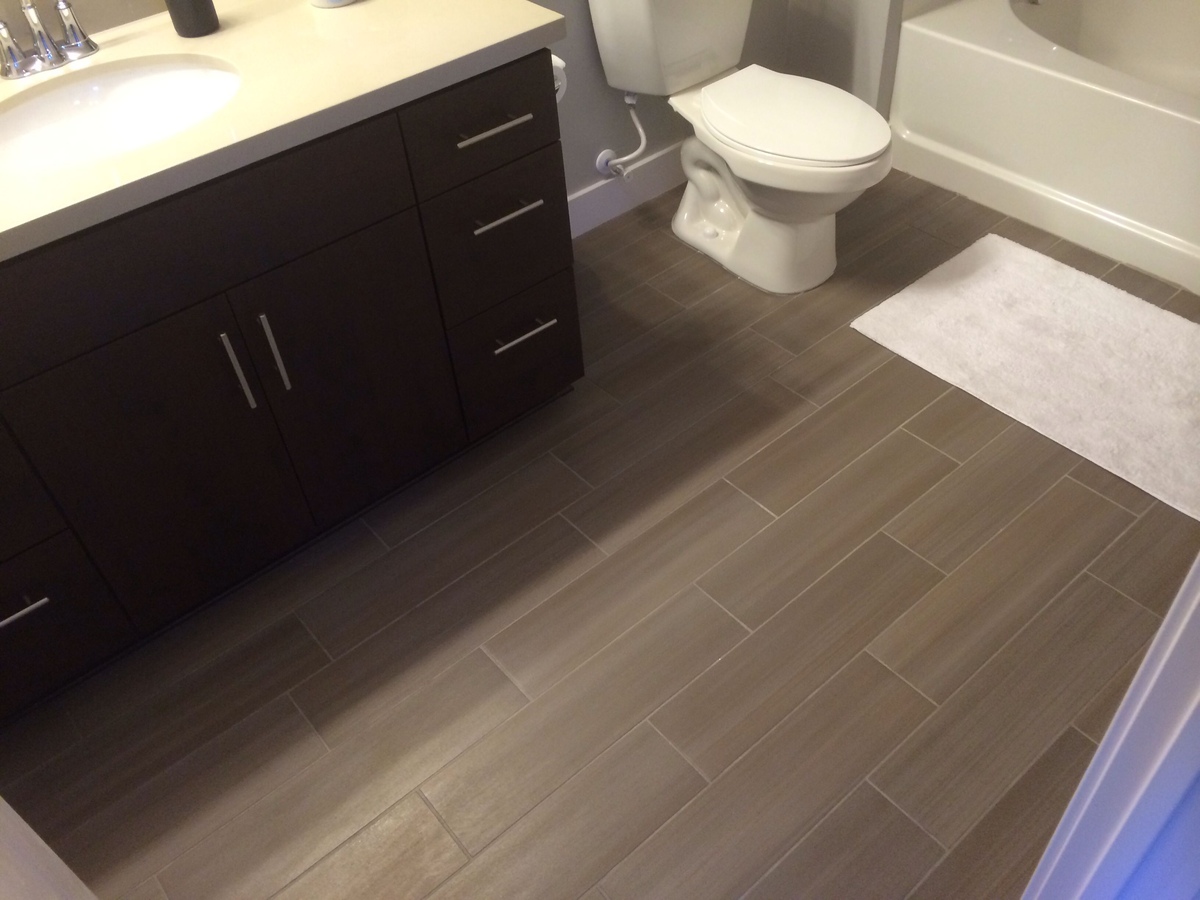
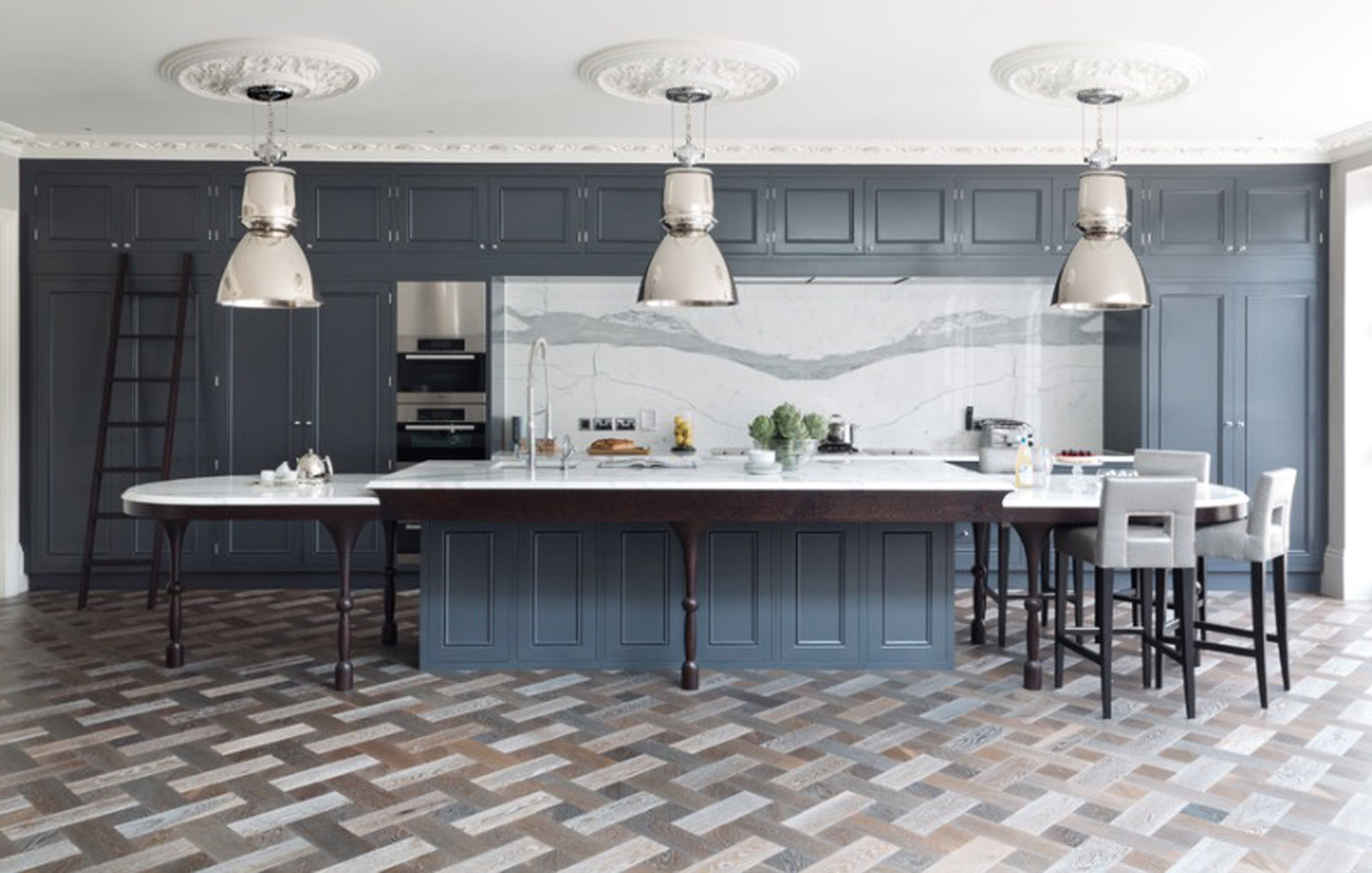
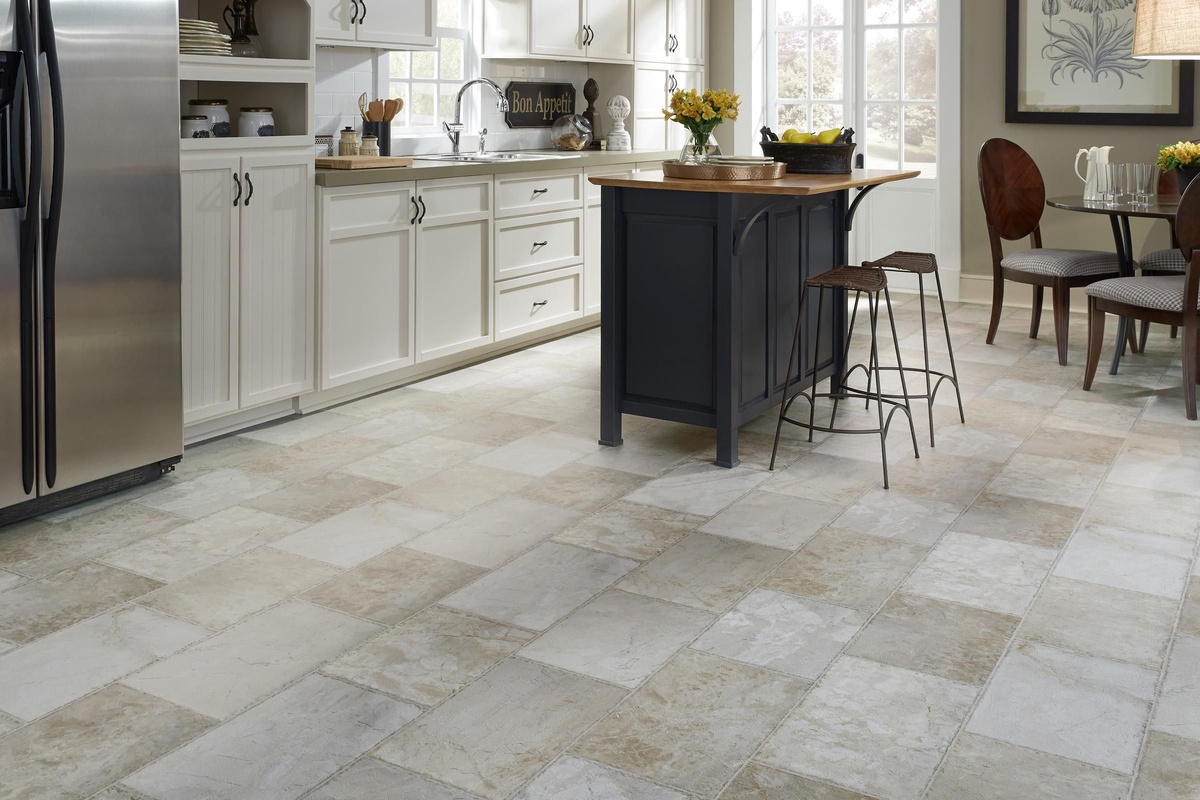

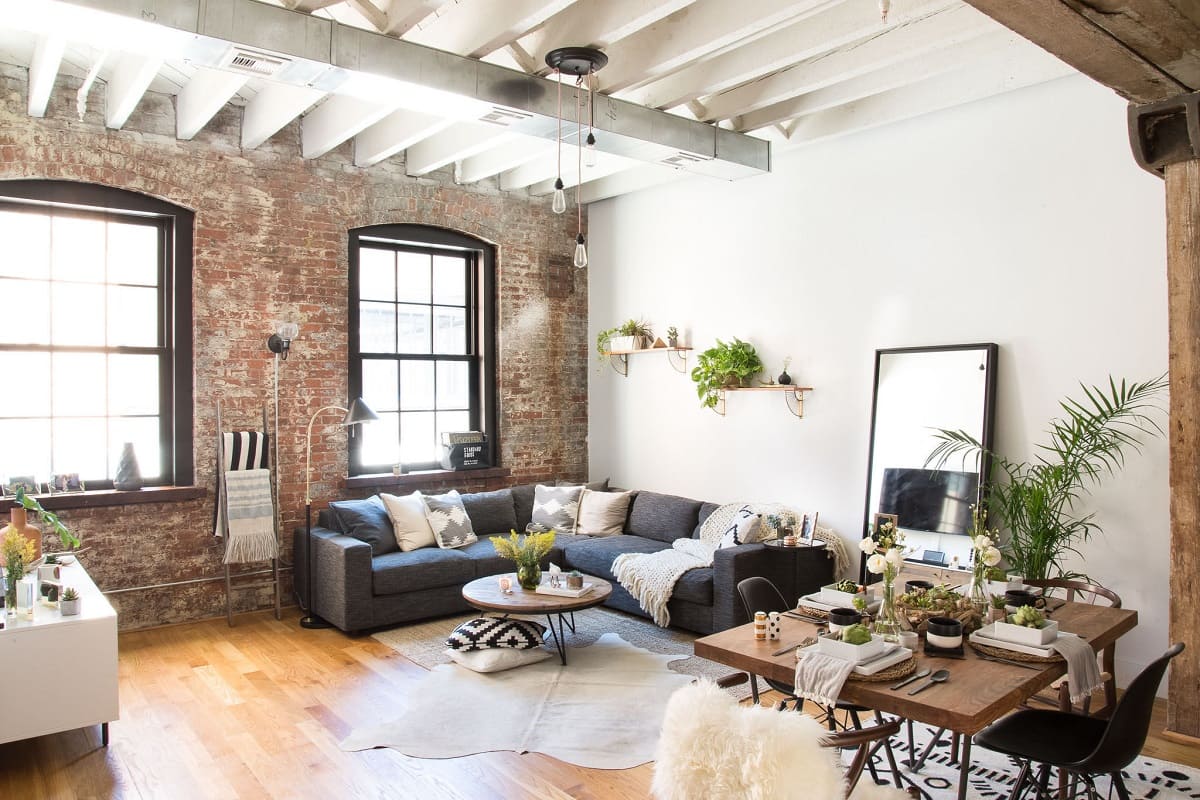
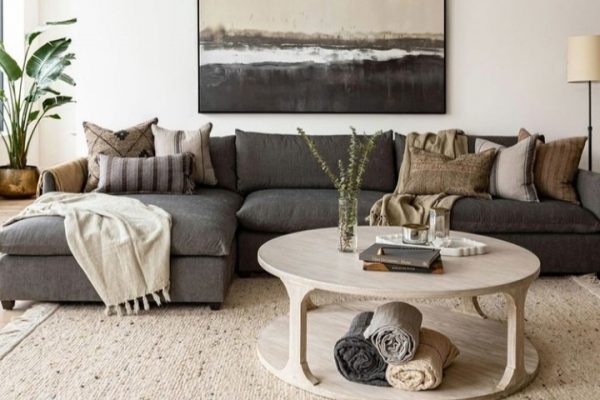


0 thoughts on “Comfortable And Earth-Friendly Cork Flooring Ideas”